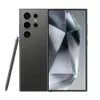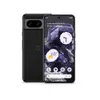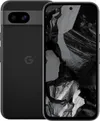Android 15 reportedly has a secret API that changes how apps are displayed
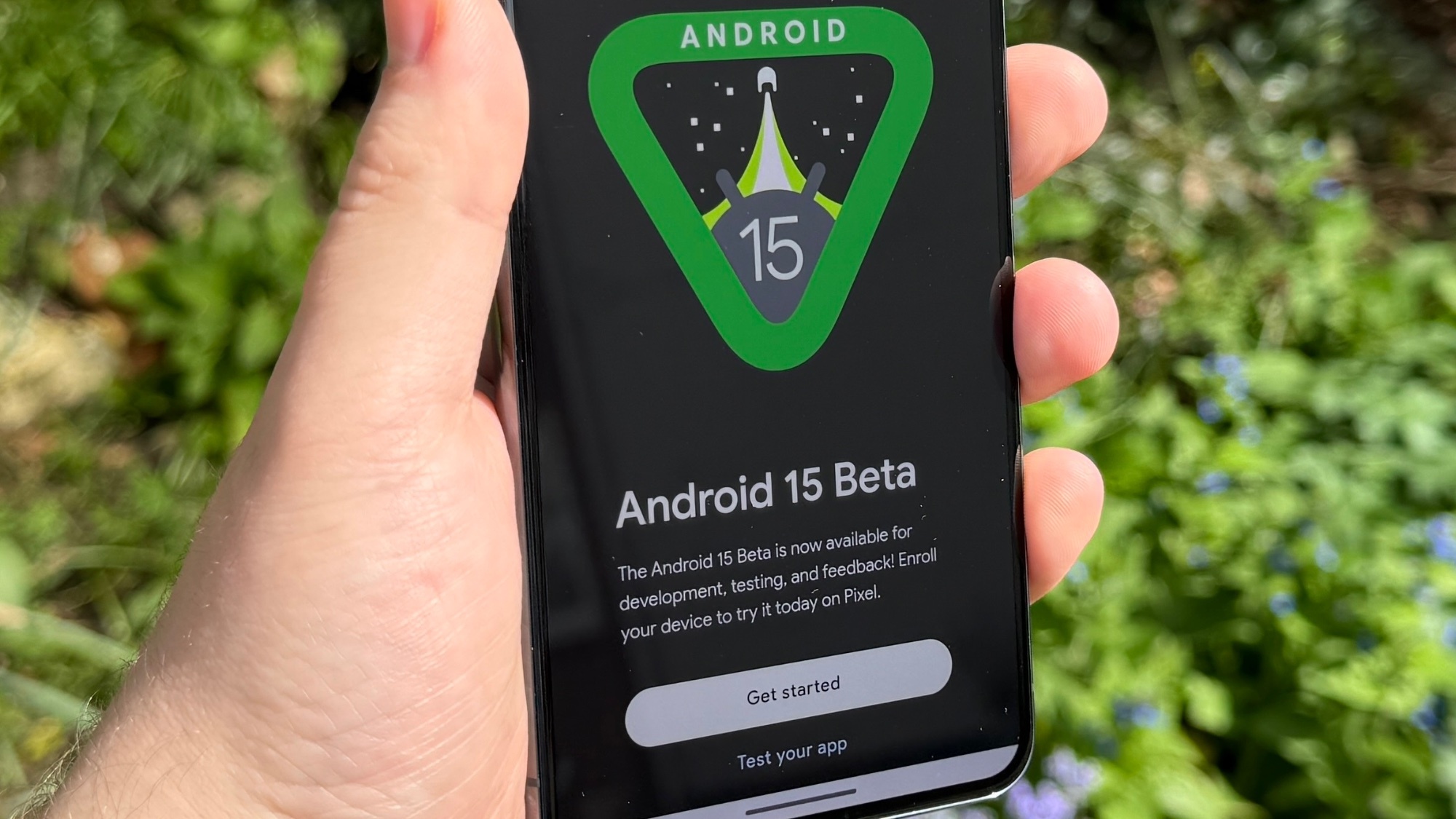
App developers may not be locked to edge-to-edge displays on Android phones due to a hidden opt-out in Android 15.
Android doesn't force apps to take up the full screen but offers it as an option. This allows developers to draw content underneath the status and navigation bar. However, certain apps have had UI complications and avoid using the setting. Google aimed to resolve this by using inserts, which specify which parts of the app's screen interact with the system UI.
However, all of that was meant to change with the release of Android 15. When the first beta was announced, it was revealed that apps would be displayed edge-to-edge by default. Google has published several developer docs, tutorials, and Codelabs to help developers with the new enforcement. However, thanks to a report by Android Authority, it has been revealed that there is an API that apps can use to opt-out.
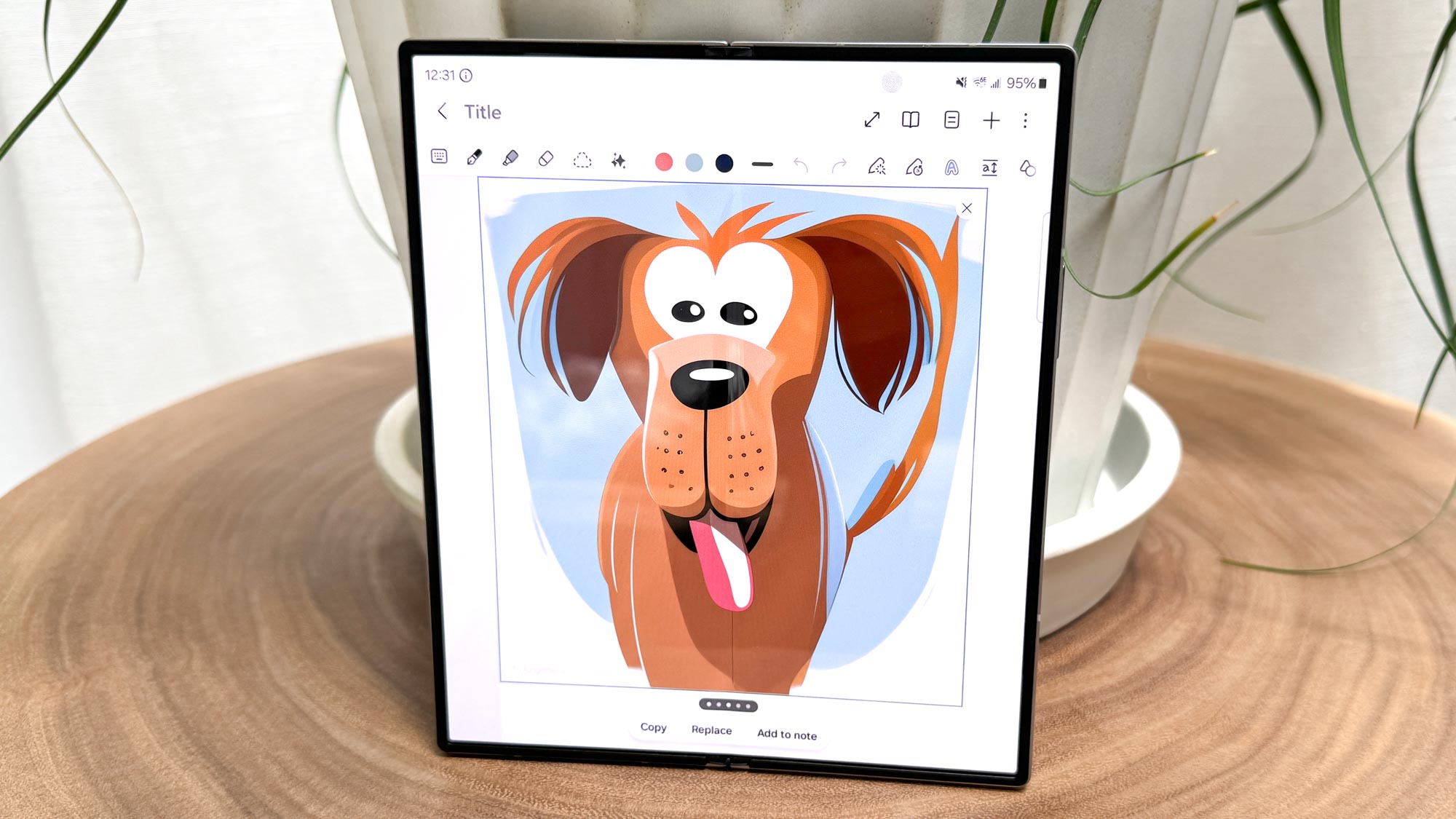
This API has to do with an attribute called windowOptOutEdgeToEdgeEnforcement. This attribute is currently set to false by default, which means that apps will have the edge-to-edge design enforced. However, the app can set the attribute to true, allowing them to ignore the rule. It should be noted that this workaround has a time limit, as it states, “this attribute will be deprecated and disabled in a future SDK level,” meaning it has likely been included to give developers more time to adapt their apps to function with an edge-to-edge display.
While edge-to-edge displays are impressive, it isn’t the only thing coming with Android 15. While Android 15 might have as many big features as iOS 18, it has a wealth of quality-of-life improvements. The most recent beta’s main change is removing legacy PNG-centric emojis in favor of vector graphics. The final release will also include new accessibility features like adaptive vibration along with new connectivity and security features.
Giving developers an opt-out to allow more time to prepare is not unreasonable, and hopefully, most apps can implement edge-to-edge displays without too much issue. If they can the next generation of foldables, the Samsung Galaxy Z Fold 6 and the upcoming Google Pixel 9 Pro Fold, could take high places on our best foldable list.
More from Tom's Guide
- Google could release a 45W charger for Pixel 9 — and this is what it looks like
- Samsung Galaxy Z Fold 6 is at its best with an S Pen — but here's why I'm still disappointed
- Google Pixel 9 Pro vs. Samsung Galaxy S24 Ultra: Which Android phone will be tops?
Get instant access to breaking news, the hottest reviews, great deals and helpful tips.

Josh is a staff writer for Tom's Guide and is based in the UK. He has worked for several publications but now works primarily on mobile phones. Outside of phones, he has a passion for video games, novels, and Warhammer.

